What is marginal cost?
Lately on the blog, we’ve been taking a look at some of the things you’ll come across in the world of eCommerce and traditional retail. In this post, we’ll be looking at marginal cost – which businesses that have taken a step beyond DropShipping, and who are working with manufacturers to create their own products will need to be concerned about.
What is marginal cost?
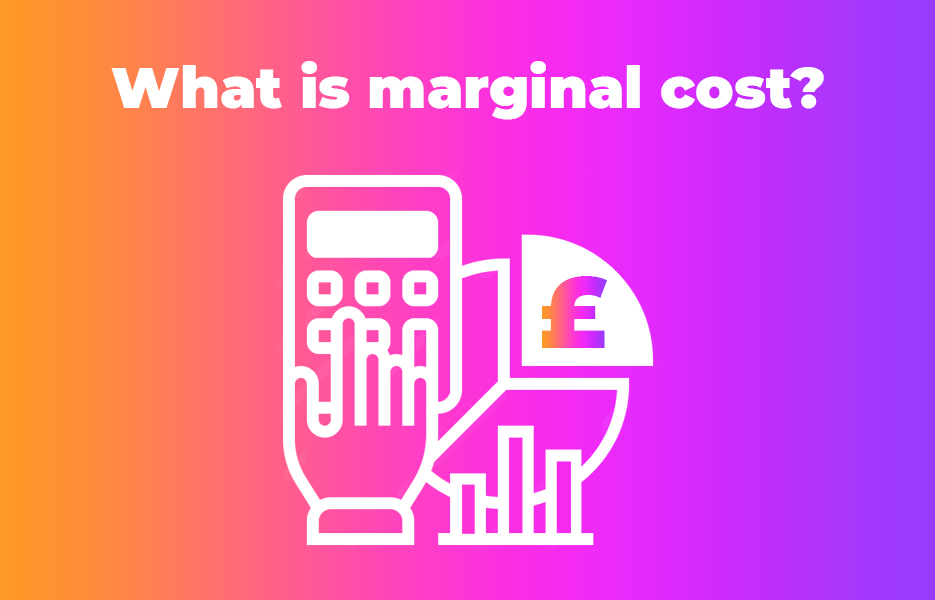
Marginal cost is how much more it costs a company to create one more of a particular product, or to serve one additional customer. It is also known as incremental cost, and is sometimes (not always!) the same as average cost.
The always useful resource Investopedia defines marginal cost like this:
“the marginal cost of production is the change in total production cost that comes from making or producing one additional unit”
It is pretty simple really – it just refers to how much it costs a business to produce one more of whatever it is they are making.
How do you calculate marginal cost?
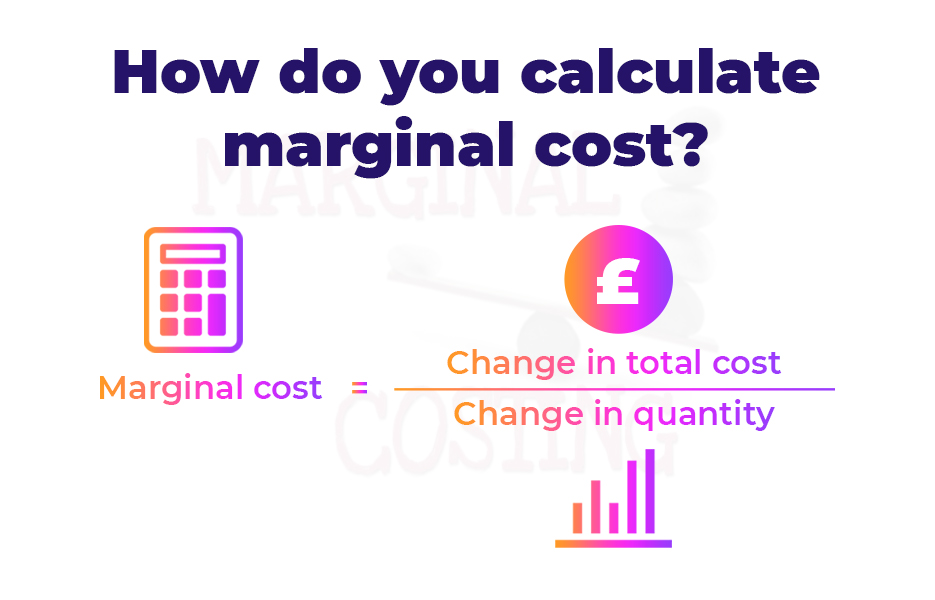
Marginal costs are calculated based on variable and fixed costs. Costs are likely to increase when the number of items produced exceeds the current capacity – so, when additional staff or equipment are required, or when the current facility is unable to meet the demand and so production needs to move to a bigger premises.
Variable costs will include workforce expenses, the price of materials (which may fluctuate), electricity and shipping costs, but also interest on any debt accrued, and taxes.
Fixed costs can include administration costs and marketing budget. Fixed costs won’t change no matter how many items are produced.
The formula that is used for calculating the marginal cost is: change in total costs divided by the change in the quantity.
Let’s run through an example.
Our hypothetical manufacturer can produce 200 units at a cost of £2000, but producing 201 will cost £2020. The average cost per unit is £10, but the marginal cost for the 201st unit will be £20. The change in cost for the 201st unit is £20, but the company would only have one more unit – and £20 divided by 1 equals 20.
Marginal cost is often shown visually on a graph, with the cost following the shape of a U. As production begins, costs are high – with initial purchases of materials and equipment that is required. After a certain point, the company starts to break even for a while, before the costs start to ramp up again – for additional staff, or for more electricity to maintain the increase in capacity.
Why do you need to know the marginal cost?
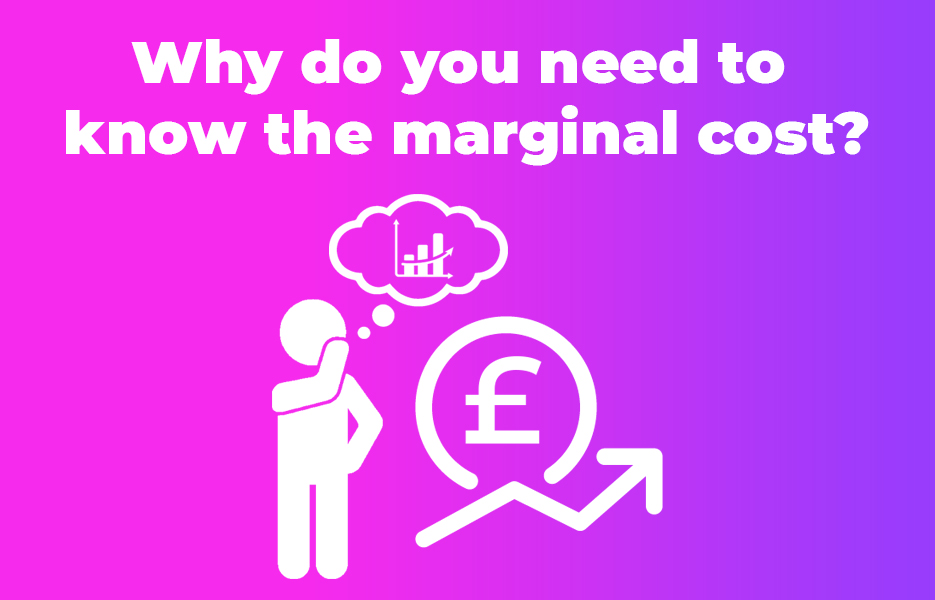
Understanding the marginal cost can help businesses understand the profitability of their lines, which can empower them to make decisions about their products and what else they might need to do in terms of increasing their profits. A business that knows their marginal cost will also know their maximum output before their profits will be affected, and if they choose to increase their production, they will know how much they need to increase the retail price by.
Who needs to know about marginal cost?
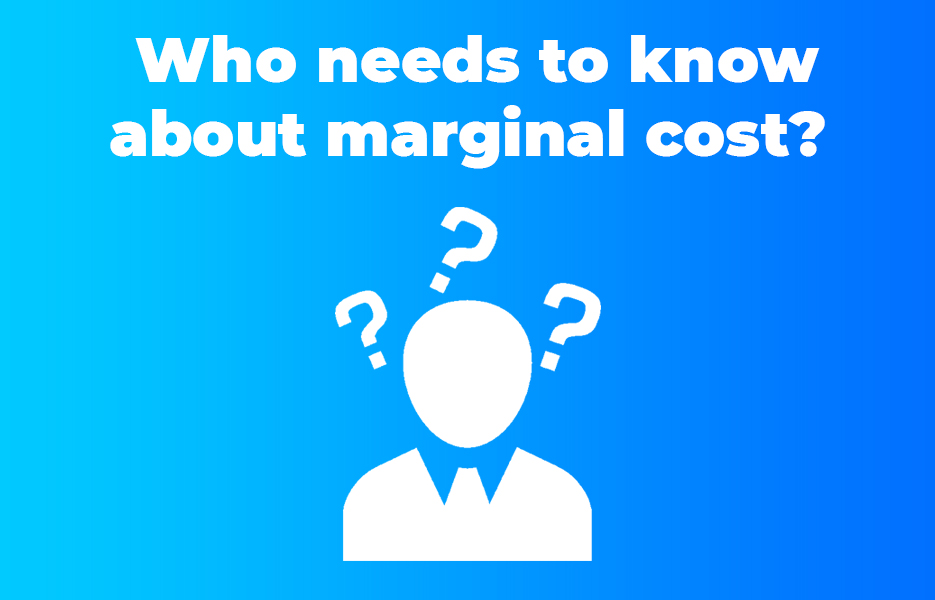
Like we said in our opening paragraph, it’s pretty much going to be any business that have moved into creating their own products, either as a manufacturer themselves, or if they’re working with a manufacturer. In eCommerce, every penny counts, and so knowing what is the optimal number of items to produce will help a business to remain profitable.
Businesses that are creating their own line of clothing with clothing manufacturers, or that are ?selling their own t-shirts will need to be aware of marginal cost if they decide to invest in stock rather than using the print on demand model. Businesses that are working with private label manufacturers [link] will also need to be aware of marginal cost, so they can work with their manufacturer to calculate the most favourable number of products for their stock.
How to track marginal costs
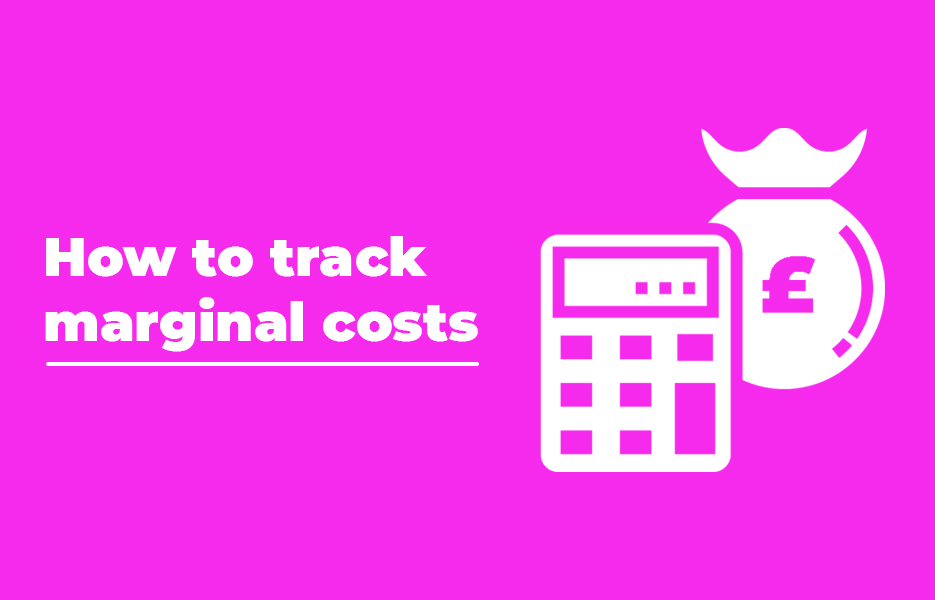
Most businesses will track marginal costs using a spreadsheet to monitor the different costs and levels of production. This type of spreadsheet can help to manage cash flow, and ensure the business is prepared for cost increases, but can also be set to automatically calculate incremental costs at any level of production. Being able to quickly alter this spreadsheet allows businesses to make production-based decisions quickly and easily.
What is the difference between marginal cost, marginal revenue and marginal profit?
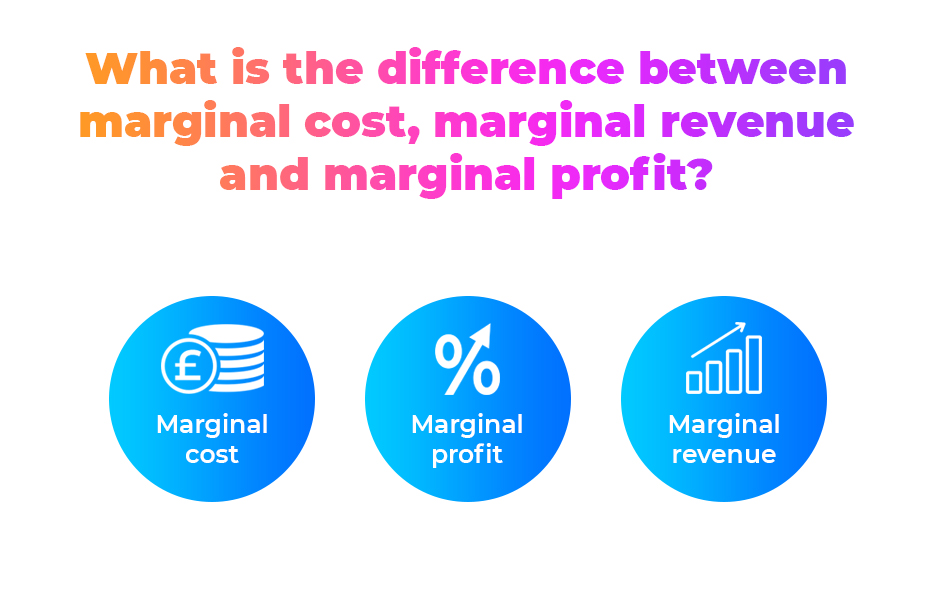
We’ve already understood what marginal cost is – it is how much it costs a manufacturer to produce one more of an item. There are other key measurements that manufacturing businesses will need to be aware of:
Marginal revenue is the additional revenue that will be created by increasing product sales by one unit. Marginal revenue is calculated by comparing the total revenue created from a certain number of sales of a product, and the total revenue created by selling one more of the item. Where marginal revenue becomes negative – it falls below the marginal cost – then companies are likely to carry out a cost-benefit analysis and restrict, or halt production completely.
The formula for marginal revenue is: change in revenue / change in quantity = marginal revenue
Marginal profit is the profit that a company earns when one extra unit is produced and sold – so it is the difference between the marginal cost, and the marginal revenue. Marginal profit reporting is also used to establish whether the company wants to expand, restrict or cease production of an item.
The formula for marginal profit is: marginal revenue – marginal cost = marginal profit (MP)
Note that marginal profit will only provide the profit earnt from making one extra item, and it does not indicate the overall profitability of a company. Bear in mind that sunk costs – that is, those that cannot be recouped by the company – such as building a new plant, premises or purchasing a new piece of equipment, and these are not considered in the calculations for marginal profit.
If you’re looking for a much more detailed look at marginal cost, marginal revenue and marginal profit, this page is a great resource – although this may be a bit more than you need for now.
What are the alternatives if the marginal cost is too high?
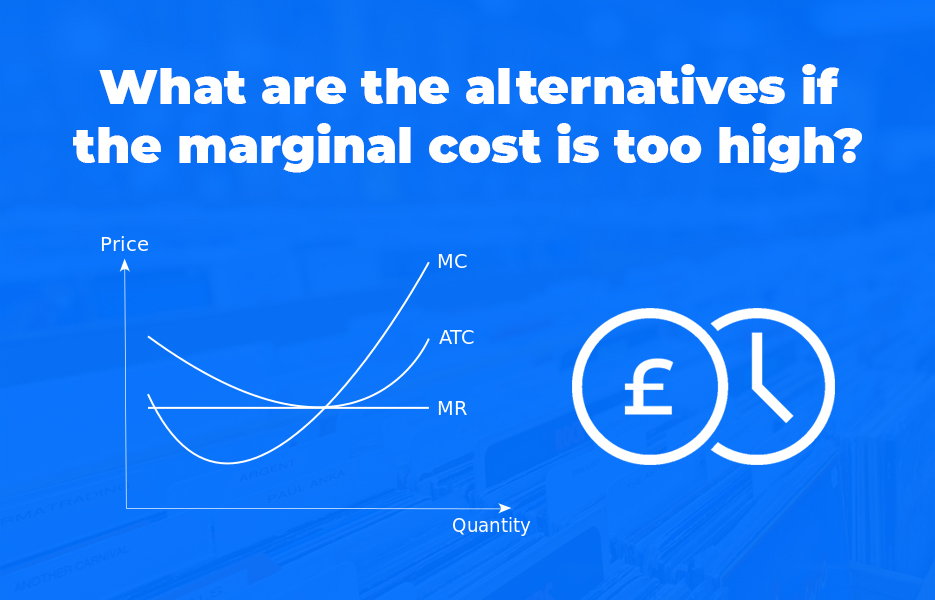
If manufacturing the number of items that customers want isn’t possible by a company, there are alternative courses of action. If the manufacturer sells to the public directly, and manages their own eCommerce presence, and they find that demand for the product outstrips the amount they can create without increasing the marginal cost, then there are several courses of action they can take.
- Increase production further and grow the business premises and facility. This can lead to businesses being caught in the sunk cost trap, wherein they keep spending money to try and offset the money that has already been spent.
- Moderate the number of items that are being produced to keep the marginal cost from increasing. This may lead to customers finding the product from another supplier, or another business taking the idea and creating their own version to capitalise on the demand. This in turn, risks the alternative becoming the preferred item and the manufacturer losing sales.
- The manufacturer can engage with another manufacturer to take on some of the work for them to increase the numbers they can output. This will incur additional costs, or profits from the sales of the items may need to be shared with the partner.
- The manufacturer may choose to work with other suppliers that create the product, and sell their items alongside their own using the DropShipping model. In this case, the manufacturer would be able to sell their items on their sales channels as normal, but when their stock levels drop to zero, they configure their order management system to DropShip their extra orders to their customers from another supplier. This helps to maintain their position as the preferred seller on their sales channels. (if this is the position you find yourself in, sign up for your free Avasam account!)
These are just a few options that can be taken by businesses in this position – other options may be available depending on the individual circumstances of the company.
Although not all eCommerce businesses will need to be concerned with marginal costs in terms of production as they are starting out – especially when DropShipping – it is definitely a measurement to be aware of.
- Marginal cost is how much it costs a manufacturer to make one extra item of a certain product.
- Marginal revenue is the extra income generated by increasing production by one extra item of a certain product.
- Marginal profit is the extra profit that a business creates when an extra item of a certain product is sold.
- Marginal costs should be carefully tracked to avoid the cost of production impacting on profits.
- Marginal costs can help businesses to set their retail prices.
Whatever type of business you’re running, we hope you find this series of posts useful – and of course, we wish all businesses the best of luck! If you want to talk about how DropShipping can support any aspect of your business, either as a supplier or a seller, get in touch .

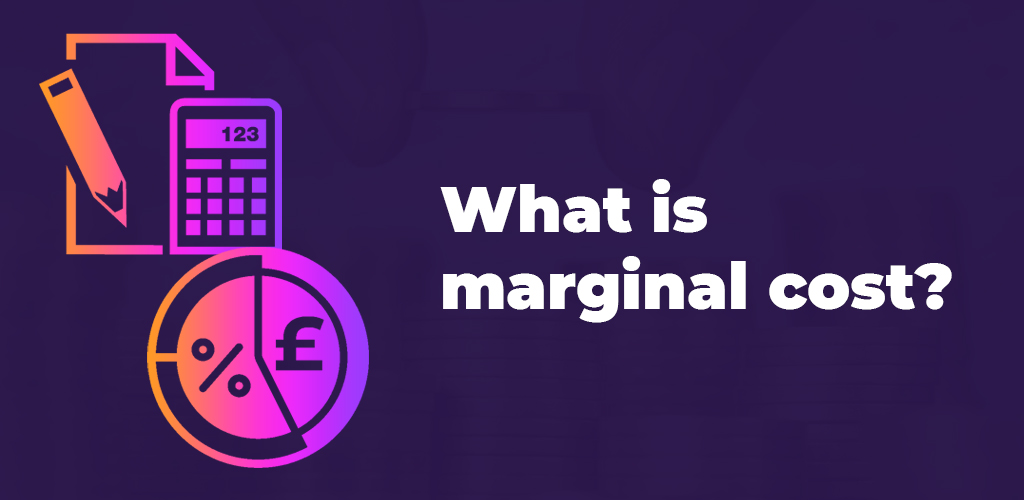


DropShip products from verified suppliers to diversify your inventory and scale your eCommerce business